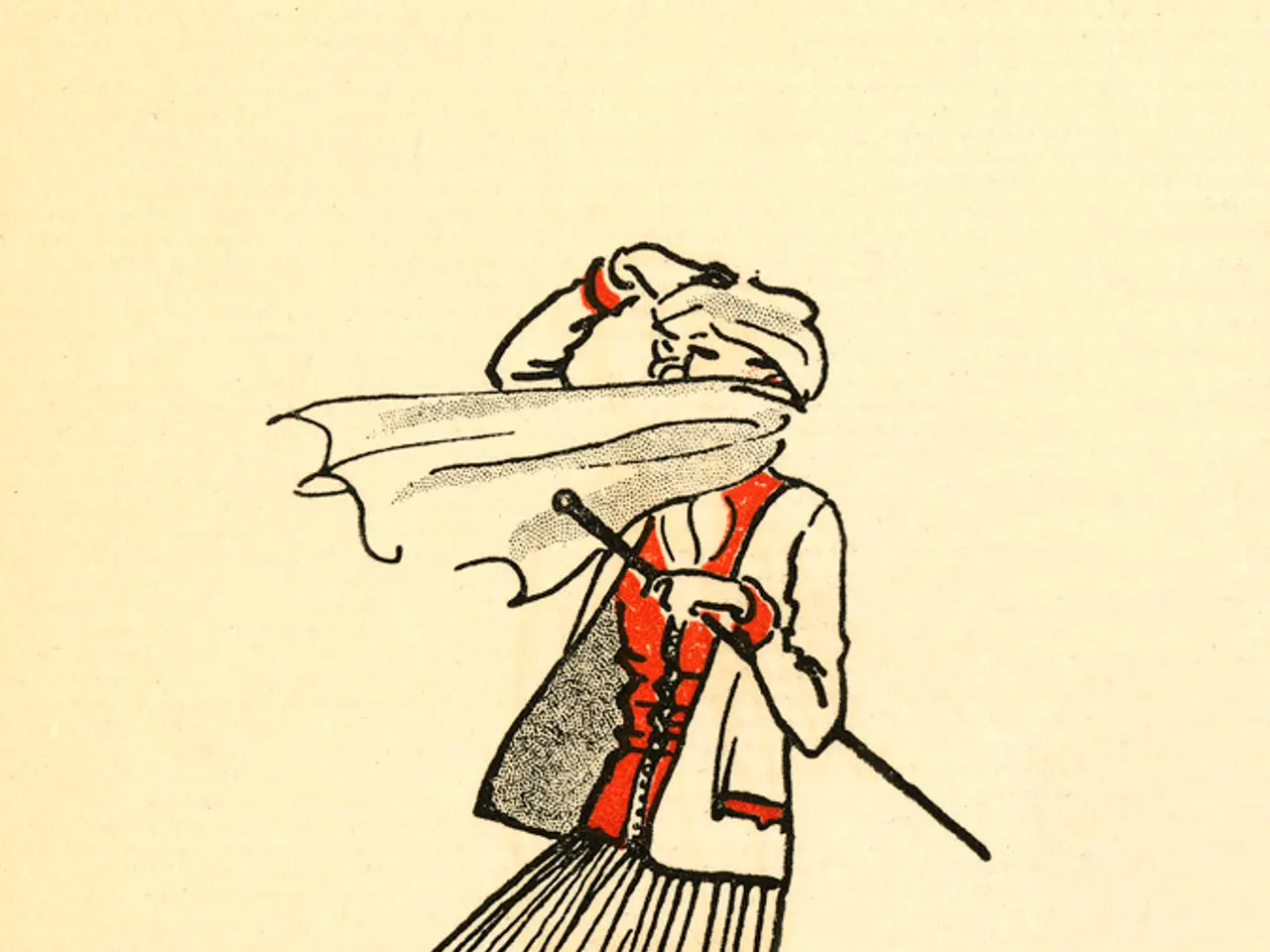Vulva health concern: Hidradenitis suppurativa and its potential impact
Hidradenitis Suppurativa (HS) is a chronic skin condition that affects various parts of the body, including the vulva, underarm region, around the anus, groin, inner thighs, and buttocks. The condition is characterised by deep-seated bumps that linger for days to months, and as it progresses, thick fibrotic plaques and scars may form.
Causes and Risk Factors
The development of HS is influenced by a combination of genetic, behavioral, and environmental factors.
Genetic Factors
There is a genetic predisposition linked to alterations in cell structure affecting hair follicles. Studies have identified multiple genetic risk signals associated with HS, suggesting inherited susceptibility plays a significant role. Specific genes related to epidermal differentiation and inflammatory pathways likely contribute to disease pathogenesis.
Behavioral Factors
Smoking is strongly associated with HS, found in about 90% of patients, and is considered a major predisposing factor. Mechanical irritation from regular shaving, use of depilation products, and tight or abrasive clothing can exacerbate the condition. Obesity and excessive sweating worsen symptoms due to skin friction and occlusion but are more exacerbating factors than triggering ones.
Environmental Factors
The obstruction of hair follicles and apocrine sweat glands—especially in areas rich in these structures such as the vulvar, groin, axillary, and perineal regions—is central to HS lesion development. Other environmental contributors include hot and humid climates, stress, and possibly the use of deodorants, though these remain under investigation.
Stages of HS
HS is divided into three stages: Hurley Stage 1, Hurley Stage 2, and Hurley Stage 3, each with increasing severity.
Stage 1
In Stage 1, topical antibiotics, such as clindamycin (Cleocin T), are often the first-line treatment. Corticosteroids, such as triamcinolone (Kenalog), may be used to lower inflammation. Punch debridement, a procedure that removes the top few millimeters of a lesion, may promote healing.
Stage 2
In Stage 2, oral antibiotics, like doxycycline (Adoxa), and medications that block male hormones, such as cyproterone acetate (Cyprostat) or oral retinoids, such as acitretin (Soriatane), may be used. Systemic steroids, such as prednisone (Deltasone), may also be used. Topical agents used in treatment include lidocaine and acetaminophen.
Stage 3
In Stage 3, surgery is often necessary to remove the affected area. Tumor necrosis factor-alpha inhibitors, such as adalimumab (Humira), may be used.
Managing HS
People can manage HS at home by keeping the affected areas clean, using warm compresses, maintaining an optimal weight, and stopping smoking if necessary. Joining an online support group can be beneficial for people living with HS.
Complications and Outlook
Chronic pain, effects from chronic inflammation (such as high protein levels in the blood and anemia), infection that leads to systemic infection, psychological effects (such as depression and social isolation), and rare cases of squamous cell carcinoma are potential complications.
Despite the challenges, early diagnosis and effective treatment can improve a person's outlook. There is no cure for HS, but with proper management, individuals can lead fulfilling lives. Experts note that people with HS often have a closely related family member with the condition, suggesting a hereditary influence.
[1] Alster TS, Feldman SR. Hidradenitis suppurativa: epidemiology, pathogenesis, and treatment. Dermatology. 2015;231(2):123-130.
[2] Kawashima T, Kohri T, Kato Y, et al. Genome-wide association study of hidradenitis suppurativa identifies 10 new susceptibility loci. J Invest Dermatol. 2019;139(1):101-110.
[3] Katsambas A, Katsambas A, Katsambas A. Hidradenitis suppurativa: a review of the literature. J Eur Acad Dermatol Venereol. 2019;33(10):1561-1570.
[5] Kaufmann PA, Schmults CD, Feldman SR. Hidradenitis suppurativa: a comprehensive review. J Clin Aesthet Dermatol. 2019;12(8):26-36.
- A significant role of inherited susceptibility is suggested by multiple genetic risk signals associated with Hidradenitis Suppurativa (HS), particularly those related to epidermal differentiation and inflammatory pathways.
- Individuals managing HS at home can benefit from maintaining an optimal weight, keeping the affected areas clean, using warm compresses, and joining online support groups for women living with the condition.
- The development of HS is influenced by environmental factors such as the obstruction of hair follicles and apocrine sweat glands and possibly the use of deodorants, underscoring the importance of skin care in the management of this medical condition.




